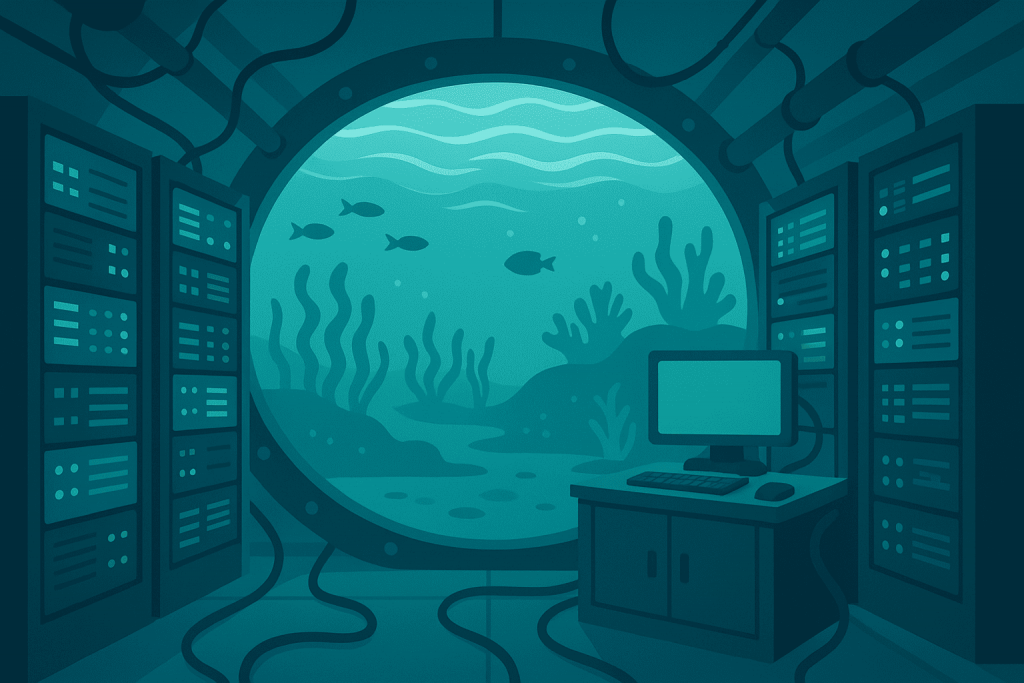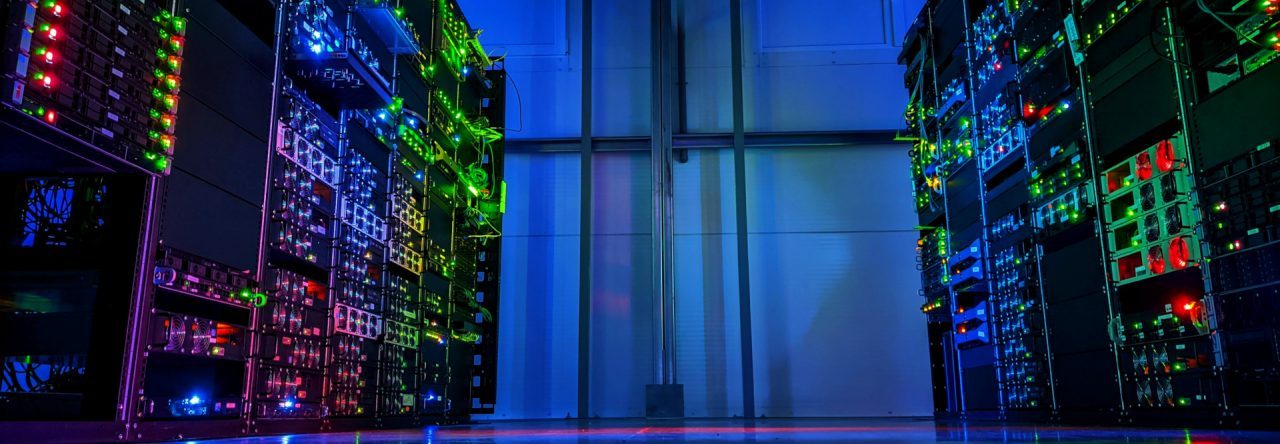
Imagine a data center not standing in an industrial zone or in the middle of a field under power lines, but resting deep beneath the ocean, cooled naturally by its currents. It sounds like something out of a sci-fi movie, yet in China this vision has already become reality. The country has launched the world’s first commercial underwater data center — a project that could redefine how we imagine the infrastructure of the digital future.
This is more than just a technical experiment. Chinese engineers aim to solve one of the biggest challenges faced by modern data centers — massive energy consumption used for cooling. In traditional facilities, air-conditioning and ventilation systems alone can account for a third or even more of total electricity use. The underwater approach offers an alternative: using the ocean’s temperature as a natural radiator, dramatically reducing cooling costs and making the entire system more environmentally friendly.
Underwater Data Center as an Engineering Breakthrough
The new facility is located off the coast of China’s Hainan Island. A massive hermetically sealed capsule weighing over a thousand tons rests on the seabed, several dozen meters below the surface. Inside are hundreds of servers operating in a completely isolated environment. The outer shell is made of special corrosion-resistant metal, and the heat generated by the servers is directly transferred into the surrounding seawater. The site is powered by offshore wind farms, making it an even greener solution.
The concept itself isn’t entirely new — several years ago, Microsoft tested a similar idea as part of its Project Natick near the coast of Scotland. That experiment showed that servers operating underwater performed more reliably than on land because of stable temperatures, lack of dust, and minimal human interference. However, China became the first country to scale this concept into a fully functional commercial infrastructure rather than a research prototype.
Comparison with a Conventional Data Center
A traditional data center is a giant facility equipped with power systems, cooling infrastructure, fire suppression, and redundancy mechanisms. Every server consumes electricity and generates heat, which must be continuously dissipated through air circulation. In large centers, cooling systems can occupy up to half the total space and consume massive amounts of energy. To reduce costs, operators often build data centers in cold regions or near hydroelectric plants, but even then, energy consumption remains high.
An underwater facility, by contrast, leverages nature itself as a free cooling system. Cold seawater continuously draws heat away from the capsule’s surface, reducing power consumption by up to 90%. The stable underwater temperature ensures consistent server performance, while the absence of dust and human activity lowers the risk of hardware failure. However, isolation also introduces major challenges — maintenance. While a technician on land can simply open a cabinet and replace a component, underwater maintenance requires lifting entire modules to the surface or deploying specialized robots and lifting systems.
Advantages and Challenges of the Underwater Approach
The benefits are numerous. Energy efficiency is the most significant — most of the consumed power goes directly toward computation rather than cooling. In addition, underwater data centers require no land, which is crucial for densely populated regions, and they can be located close to coastal megacities where computing demand is concentrated. The isolated environment also improves reliability: Microsoft’s tests showed that underwater servers experienced eight times fewer hardware failures compared to those on land.
Still, there are serious challenges. Maintaining and upgrading underwater equipment is extremely complex and costly. Every replacement requires lifting a module to the surface or using special machinery. The environmental impact is also not fully understood — while the heat produced by servers may be minimal, scaling such systems could still affect marine ecosystems. Security is another concern: underwater environments might introduce new risks, including acoustic or electromagnetic interference that could disrupt equipment.
Will the Underwater Future Become Mainstream?
Underwater data centers are unlikely to replace traditional ones entirely; rather, they will complement them. The main infrastructure will remain on land, where expansion and maintenance are easier. However, for specific use cases — such as coastal regions requiring high computing density with minimal energy costs, or workloads like artificial intelligence and large language models that demand continuous operation — underwater solutions may prove ideal.
The Chinese project demonstrates that ideas once considered futuristic are now entering the real world. If this technology can be industrialized, the data centers of tomorrow might not rise into the clouds but sink beneath the waves — where temperature is stable, cooling resources are endless, and new space for innovation awaits.
Perhaps this is how the next stage of digital infrastructure evolution will look: not just more efficient server halls, but entire underwater “clouds” powered by renewable energy and leaving almost no environmental footprint. Today it’s still an experimental initiative — but tomorrow it could become the new standard that defines what the Internet of the future will be.

Leave a Reply